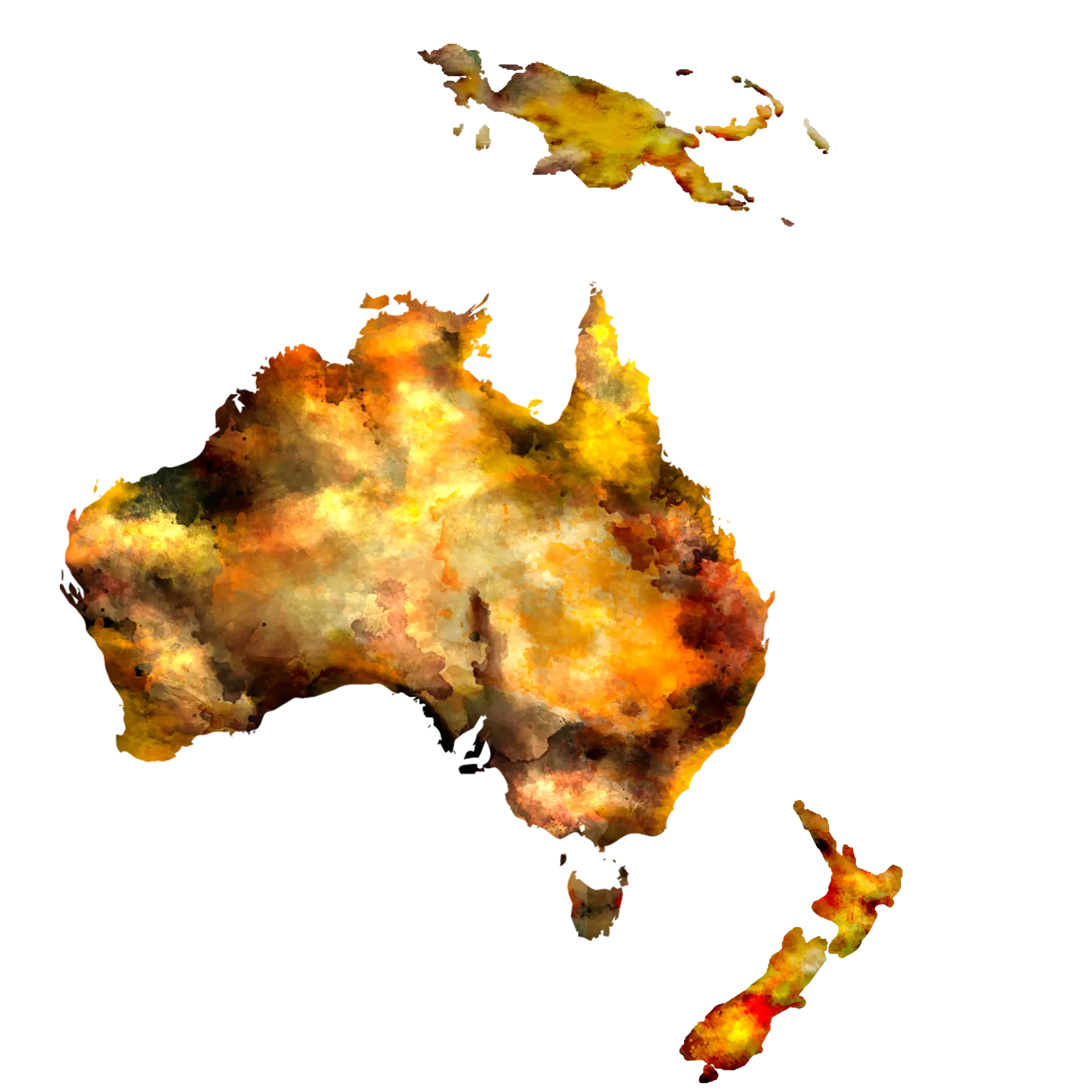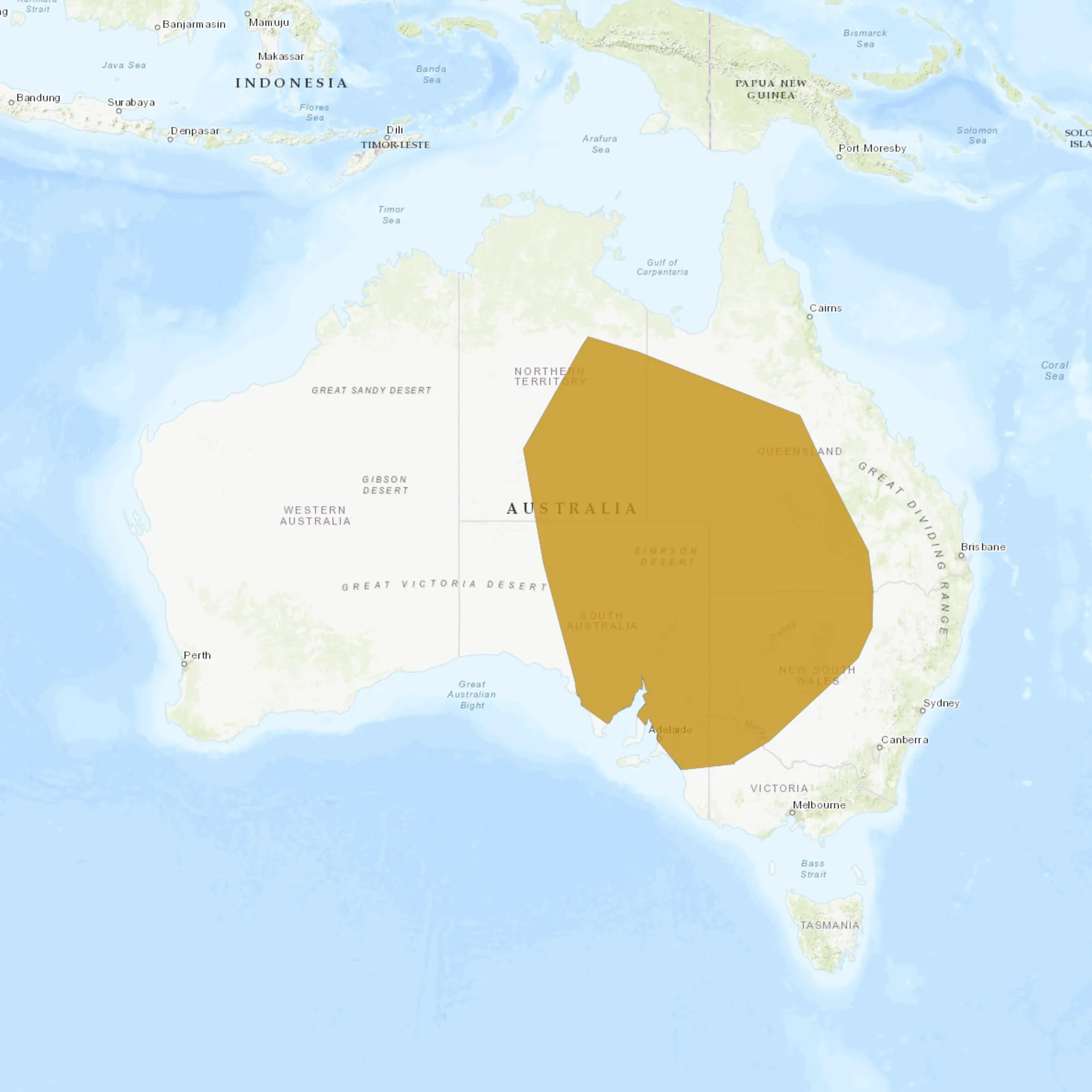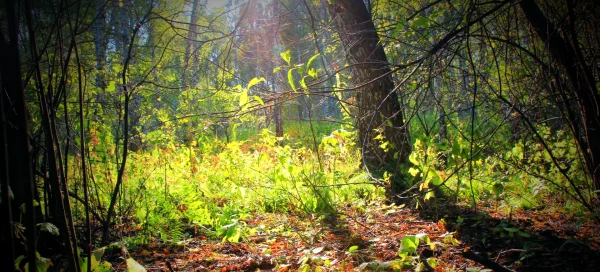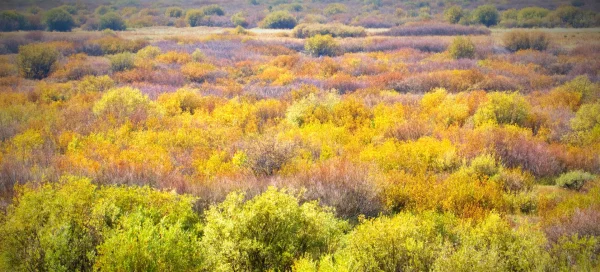Overview
The Central Bearded Dragon (Pogona vitticeps) is a medium-sized, terrestrial lizard native to the arid regions of Australia. It is well known for its distinctive “beard,” a spiky throat pouch that can be expanded and darkened when the lizard feels threatened or wants to assert dominance. This species is highly adaptable and thrives in various environments, from woodlands to deserts, where it uses camouflage to avoid predators. Bearded dragons are popular pets due to their docile nature and relatively easy care requirements in captivity.
Central Bearded Dragons are diurnal reptiles, meaning they are active during the day and rely on basking in the sun to regulate their body temperature. They are omnivorous, consuming a mix of insects, small vertebrates, fruits, and vegetation. Their strong limbs and sharp claws allow them to climb low shrubs and rocks to find food or escape danger. In the wild, they are solitary creatures, interacting with others primarily during the breeding season or territorial disputes.
When threatened, a Central Bearded Dragon will flatten its body, puff out its beard, and open its mouth to appear larger and more intimidating. Males display head-bobbing behaviors to assert dominance or attract females, while submissive individuals respond with slow arm-waving motions. This species communicates through body language, making it unique among reptiles regarding social interactions. Bearded dragons are known for their resilience and ability to thrive in various environmental conditions, making them a fascinating subject for both scientific study and pet enthusiasts.
Current distribution:
Central Bearded Dragons are widely distributed across most central, eastern, and southeastern Australia. They are found in Queensland, New South Wales, Victoria, South Australia, and Northern Territory. Although they are not currently considered endangered, their populations may be affected by habitat loss due to agriculture, urbanization, and wildfires. They are also frequently collected for the pet trade, though captive breeding has reduced pressure on wild populations.
These lizards thrive in disturbed habitats and are often seen in areas with human activity, such as farms and roadsides. They are highly resilient and can tolerate various climatic conditions, making them one of the most widespread reptiles in Australia. Due to their popularity in the pet trade, introduced populations have been recorded in some parts of the world, though they are not considered invasive. Conservation efforts primarily focus on maintaining their natural habitat and preventing overexploitation.
Physical Description:
The Central Bearded Dragon has a robust, flattened body covered in rough, spiky scales, which serve as a defense mechanism against predators. Its head is triangular, and the characteristic “beard” consists of spiny projections that can darken when the lizard is agitated or excited. Coloration varies based on habitat and can range from tan, yellow, reddish-brown, and gray, allowing it to blend into the arid landscapes. Their tails are long and tapering, making up about half of their total body length, assisting with balance and stability.
Males tend to be larger than females and often have broader heads and darker beards. Their strong limbs are equipped with sharp claws that help them climb and dig burrows to escape extreme temperatures. The eyes are large with vertical slit pupils, providing keen vision to detect movement and potential threats. Unlike many other reptiles, bearded dragons can change their skin color slightly to regulate their body temperature, darkening when they need to absorb more heat.

Lifespan: Wild: ~8 Years || Captivity: ~14 Years

Weight: Male: 0.8–1.1 lbs (0.35–0.5 kg) || Female: 0.6–0.9 lbs (0.25–0.4 kg)

Length: Male: 16–24 in (40–61 cm) || Female: 14–20 in (35–50 cm)

Top Speed: 9 mph (14.5 km/h)
Characteristic:
Native Habitat:
Central Bearded Dragons inhabit arid and semi-arid regions across central and eastern Australia, including deserts, scrublands, and dry woodlands. They prefer environments with loose, sandy soil that allows them to burrow to escape extreme temperatures. These reptiles are commonly found basking on rocks, fallen branches, or fence posts, where they absorb heat from the sun. They are highly adaptable and can survive in various microhabitats, from open grasslands to rocky outcrops.
Their burrowing behavior helps them avoid temperature extremes and potential predators, including birds of prey, dingoes, and large snakes. During the hottest part of the day, they seek shade or retreat into burrows to prevent dehydration. Their ability to store fat in their tails helps them survive periods of food scarcity. Despite their adaptability, habitat destruction and climate change pose long-term risks to their populations.
Climate Zones:
Biomes:
WWF Biomes:
Biogeographical Realms:
Continents:
Countries:
Diet:
Diet & Feeding Habits:
Central Bearded Dragons are opportunistic omnivores, consuming various plant and animal matter. Their diet includes insects such as crickets, mealworms, cockroaches, and small vertebrates like baby mice in some cases. They also consume vegetation, including leafy greens, flowers, and fruits, which provide essential vitamins and hydration. Juveniles use protein-rich insects for rapid growth, while adults prefer a more plant-heavy diet.
These lizards rely on their keen eyesight and quick reflexes to catch moving prey, often using a flick of their sticky tongue to grasp insects. In captivity, they require a balanced diet with proper calcium and vitamin supplementation to prevent metabolic bone disease. Bearded dragons drink water droplets from misted surfaces but obtain much hydration from their food. They regulate their diet based on seasonal availability, adjusting their intake to match environmental conditions.
Mating Behavior:
Mating Description:
Central Bearded Dragons have a polygynous mating system, with males competing to access multiple females. To court females, males display aggressive head-bobbing, beard-darkening, and chasing behaviors. Females may exhibit arm-waving gestures in response, indicating receptiveness or submission. Once mating occurs, the female digs a burrow to lay her eggs, ensuring they are protected from predators and environmental extremes.
Females lay between 11 and 30 eggs per clutch, with multiple clutches possible during a single breeding season. The eggs incubate for approximately 55 to 75 days, with the temperature influencing the sex of the hatchlings. Hatchlings are independent from birth and must fend for themselves immediately after emerging. This species exhibits temperature-dependent sex determination, meaning warmer incubation temperatures tend to produce more females.
Reproduction Season:
Birth Type:
Pregnancy Duration:
Female Name:
Male Name:
Baby Name:
Social Structure Description:
The Bearded Dragon is generally a solitary animal, interacting with other individuals primarily during the mating season. Males are territorial and will defend their areas from rivals using a variety of displays, including head bobbing and beard expansion. While the species is not highly social, it does have a complex set of behaviors for communication, including body postures and color changes.
Bearded Dragons can be kept together in captivity, although it is essential to monitor for signs of stress or aggression. Males should not be housed together, as they will fight for territory. Females can coexist more peacefully but should still be monitored for signs of stress or competition for resources.
Groups:
Conservation Status:
Population Trend:
The Bearded Dragon is not currently considered endangered, although it does face threats from habitat loss and the pet trade. It is a highly adaptive species, capable of surviving in various environmental conditions. It is one of the most popular reptile pets in captivity, known for its docile nature and relatively easy care requirements.
Conservation efforts for the Bearded Dragon are primarily focused on habitat protection and sustainable pet trade practices. The species is also part of several captive breeding programs to reduce the pressure on wild populations. While it is not a focus of major conservation initiatives, ongoing monitoring is essential to ensure its long-term survival.
Population Threats:
The primary threats to the Bearded Dragon include habitat loss due to agriculture, urban development, and the pet trade. While captive breeding has reduced the pressure on wild populations, illegal collection still occurs. In some areas, local populations have declined due to these pressures.
Efforts to combat these threats include habitat protection and sustainable pet trade practices. Education and awareness-raising are also crucial for the success of conservation initiatives. While the Bearded Dragon is not a focus of major conservation efforts, ongoing monitoring is essential to ensure its long-term survival.
Conservation Efforts:
Conservation efforts for the Bearded Dragon are primarily focused on habitat protection and sustainable pet trade practices. The species is also part of several captive breeding programs to reduce the pressure on wild populations. While it is not a focus of major conservation initiatives, ongoing monitoring is essential to ensure its long-term survival.
Education and awareness-raising are also crucial for the success of conservation initiatives. The Bearded Dragon is a popular pet; responsible pet ownership can contribute to its conservation. Captive breeding programs have reduced the demand for wild-caught individuals, although illegal collection still occurs.
Additional Resources:
Fun Facts
- Bearded dragons can change color slightly to regulate body temperature.
- They can run on their hind legs when startled, a behavior known as bipedal locomotion.
- Unlike many reptiles, they exhibit unique social gestures, including arm-waving and head-bobbing.
- They can store fat in their tails as an energy reserve.
- Bearded dragons can inflate their bodies to appear larger when threatened.
- They have a third “parietal” eye on their heads to detect light changes.
- Their beards can darken dramatically when they are stressed or excited.
- They do not produce venom but have mildly toxic saliva.
- Bearded dragons can go into a hibernation-like state called brumation during colder months.
- They are one of the most commonly kept pet reptiles worldwide.









